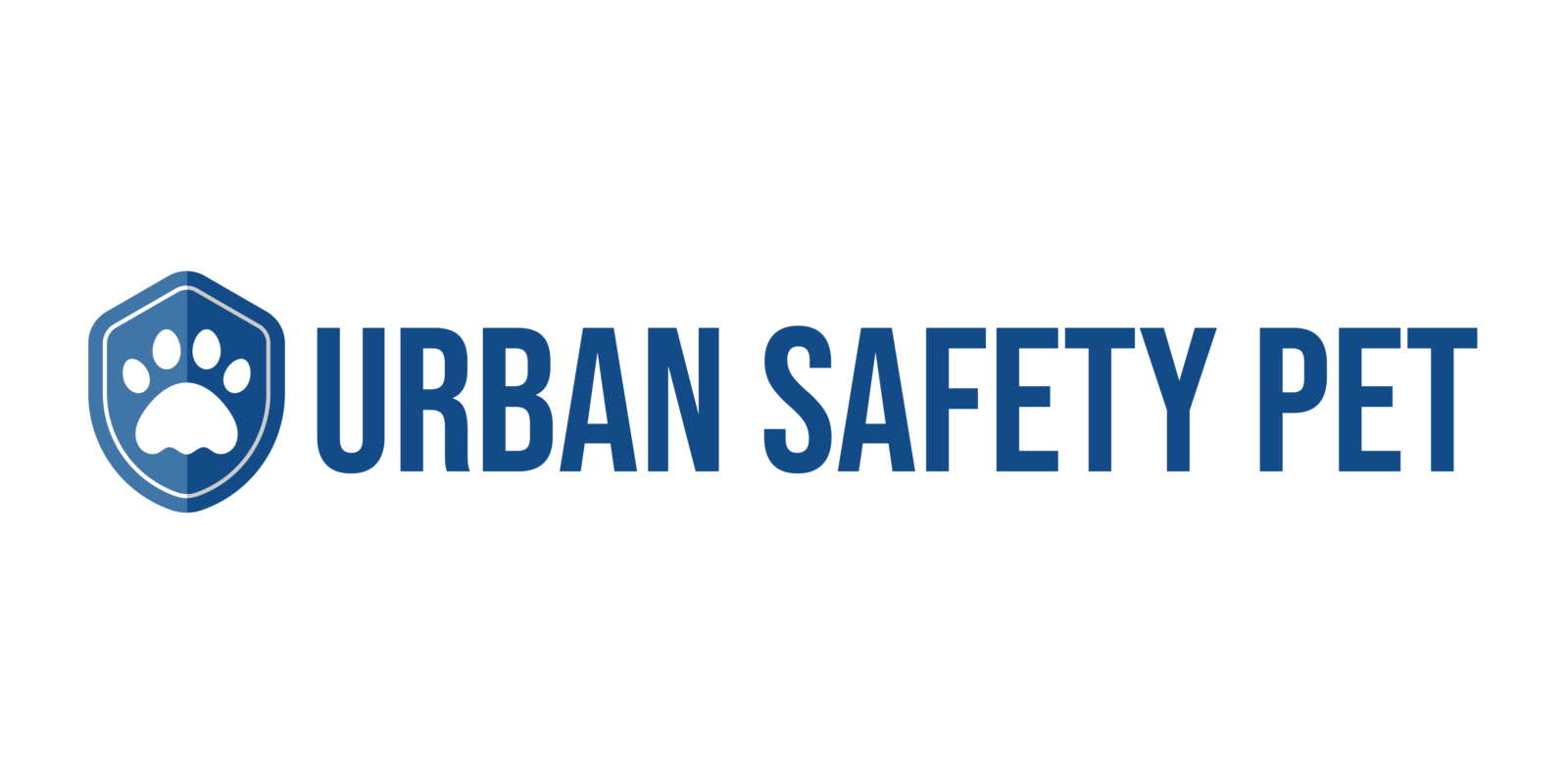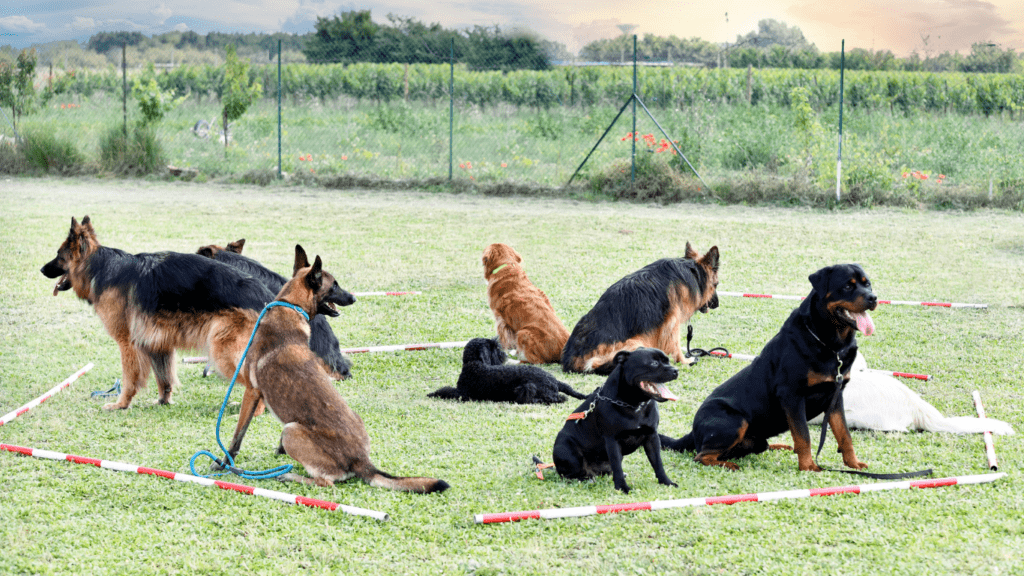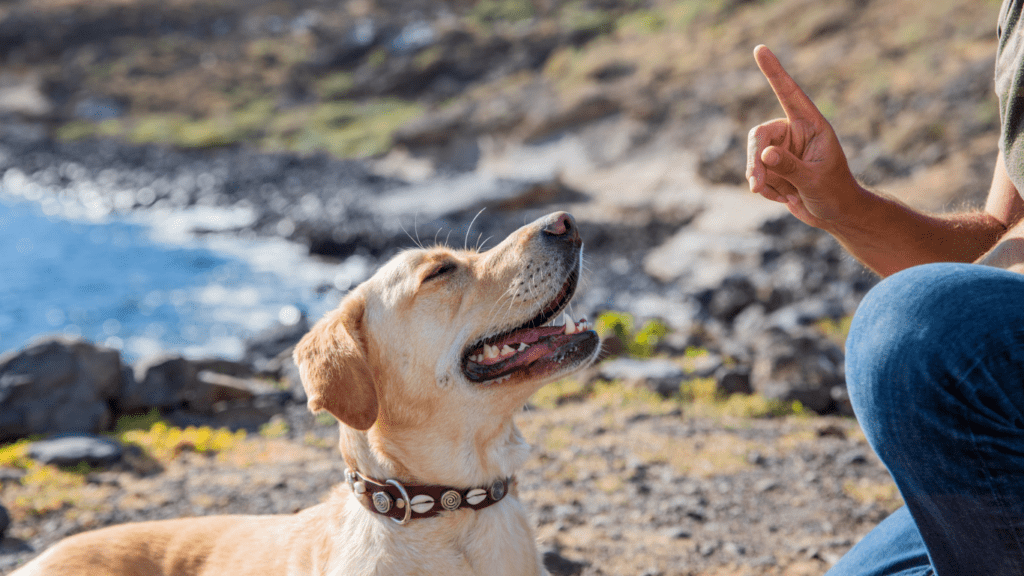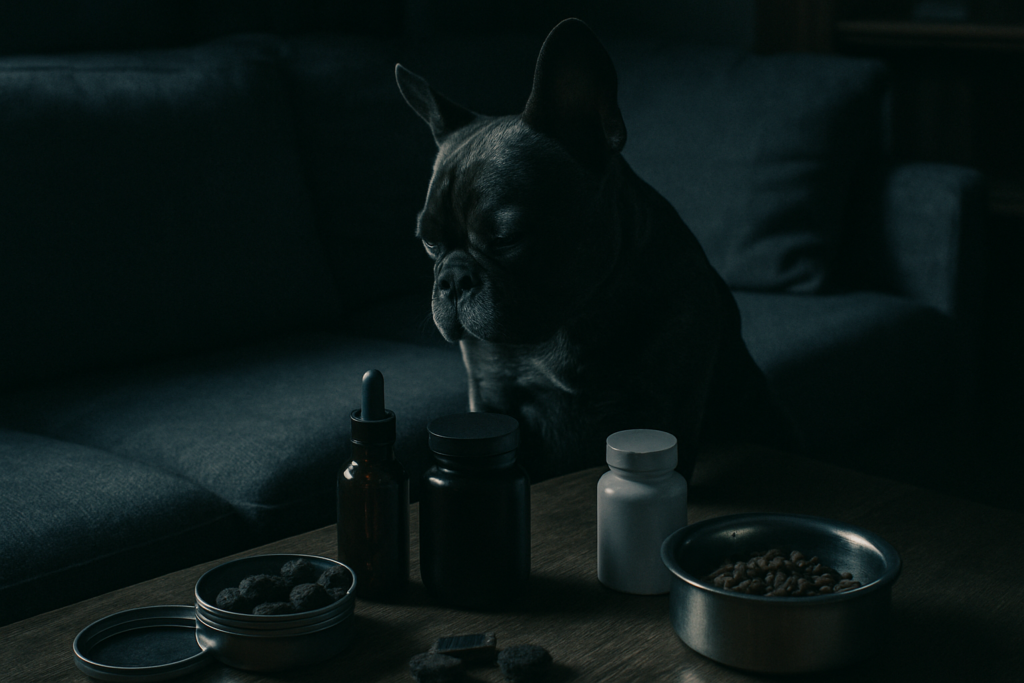Understanding Modern Pet Training
Modern pet training involves scientifically backed methods that focus on positive reinforcement and consistency. This approach ensures pets learn desired behaviors without fear or punishment. I’m committed to using techniques that promote trust and confidence between pets and their owners.
Positive Reinforcement
Positive reinforcement encourages pets to repeat desired behaviors by rewarding them. Rewards can include treats, praise, or playtime. For example, when a dog sits on command, giving a treat reinforces the behavior, making it more likely to occur again.
Consistency is Crucial
Pets require predictable responses to their actions. Consistent training involves using the same commands and rewarding good behavior each time. Consistency helps pets understand expectations, leading to quicker learning and better behavior.
Clicker Training
Clicker training uses a sound to mark desired behaviors, followed by a reward. The click sound signals to the pet that a reward is coming. This method is effective for training complex commands and behaviors, as pets quickly associate the click with positive outcomes.
Socialization Techniques
Proper socialization helps pets become well-adjusted and confident. Introducing pets to various environments, people, and other animals reduces anxiety and promotes better behavior. For instance, taking a dog to a park exposes it to different stimuli, improving its comfort levels in diverse situations.
Crate Training
Crate training provides a safe space for pets and aids in housebreaking. Gradually introducing a pet to a crate helps create a positive association, making it a secure haven. A well-trained pet views the crate as a comforting spot rather than a place of confinement.
Obedience Training Basics
Obedience training establishes foundational commands such as sit, stay, and come. Teaching these basic commands strengthens communication between pets and owners. Consistent practice and positive reinforcement lead to better control and a more harmonious relationship.
Advanced Training Techniques
Advanced training involves more complex commands and skills, enhancing a pet’s mental stimulation. Techniques such as agility training, scent work, and trick training provide physical and mental challenges. Engaging in advanced training keeps pets engaged and promotes overall well-being.
Addressing Behavioral Issues
Behavioral issues require prompt attention to ensure a positive environment. Identifying the root causes of issues like aggression or anxiety aids in developing targeted training plans. Using positive reinforcement and consistency helps correct undesirable behaviors over time.
Building Trust and Bonding
Building trust and a strong bond with pets is essential for successful training. Spending quality time, engaging in play, and providing consistent care foster deep connections. A trusting relationship ensures pets feel secure and are more responsive to training efforts.
Essential Pet Training Techniques
Mastering pet training techniques enhances the bond with your pet and ensures effective learning. Below, I dive into key techniques that have proven successful.
Positive Reinforcement
Positive reinforcement builds a strong foundation for training. Reward pets with treats, praise, or playtime for desired behaviors. This method encourages them to repeat actions that earn rewards. Avoid punishment; it can create fear and reduce trust between you and your pet. For example, reward your dog with a treat immediately after it sits on command.
Clicker Training
Clicker training uses a small device that makes a clicking sound to mark good behavior. The click signals a forthcoming reward, helping pets understand which actions are correct. Begin by associating the click with a treat so your pet learns to expect a reward after hearing the sound. This method is precise and helps in teaching new tricks or behaviors efficiently.
Leash Training
Leash training ensures walks are safe and enjoyable. Start indoors, allowing your pet to get accustomed to the leash and collar. Use treats to encourage them to walk beside you without pulling. If the pet starts to pull, stop walking and resume only when the leash is slack. Repeat this consistently so the pet learns that pulling halts the walk. This technique is essential for safety and control during outdoor activities.
Advanced Training Tips

Advanced pet training builds on basic techniques to address complex behaviors and skills. These tips offer refined strategies, ensuring your pet reaches its full potential.
Behavioral Training
Behavioral training goes beyond basic commands, focusing on specific issues. Techniques such as counter-conditioning and desensitization help address fears and phobias. For instance, using gradual exposure to triggers combined with positive reinforcement can alleviate anxiety around loud noises. Always ensure a neutral environment to prevent stress.
Socialization Skills
Socialization skills are crucial for pets, especially during early development stages. Introducing pets to a variety of environments, people, and other animals helps build confidence. I recommend starting with controlled settings like playdates or pet-friendly venues. This variety boosts your pet’s adaptability and reduces aggression tendencies.
Obedience Commands
Obedience commands form the foundation for advanced training. Building on basics like sit, stay, and come, introduce complex commands such as “leave it” or “heel”. Incorporate hand signals to enhance communication. Consistent practice in different environments ensures your pet’s reliability in diverse situations.
Tools and Gadgets for Pet Training
Using effective tools and gadgets can significantly enhance pet training. They offer additional support, making training more efficient and engaging for both pets and owners.
Training Collars
Training collars serve various purposes in pet training. There are several types of training collars, including flat collars, martingale collars, and head halters, each suited for different training needs.
- Flat Collars: Ideal for everyday use, providing a simple way to attach identification tags and leashes.
- Martingale Collars: Offer more control without choking, making them suitable for dogs that tend to pull.
- Head Halters: Help owners guide their dogs’ heads, excellent for discouraging pulling and ensuring control during walks.
Interactive Toys
Interactive toys stimulate pets mentally and physically. They keep pets engaged, preventing boredom and encouraging positive behavior.
- Puzzle Toys: Challenge pets to solve tasks that release treats, promoting problem-solving skills.
- Fetch Toys: Encourage physical activity by prompting pets to chase and retrieve items.
- Chew Toys: Satisfy their natural urge to chew, ideal for teething puppies and to prevent destructive chewing on inappropriate items.
Tech Gadgets
Tech gadgets revolutionize pet training, offering innovative solutions to traditional methods. They provide convenience and advanced features that aid training efforts.
- Smart Collars: Equipped with GPS and activity trackers, these collars help monitor a pet’s location and health.
- Training Apps: Offer guided training programs and track progress, providing real-time feedback.
- Automatic Feeders: Help maintain a consistent feeding schedule, essential for training routines that involve meal-based reinforcement.
Expert Opinions and Insights
Numerous pet trainers and veterinarians emphasize positive reinforcement. According to Dr. Sophia Yin, a veterinary behaviorist, rewarding pets for desired behavior creates stronger learning associations. Dog trainer Victoria Stilwell advocates for humane training, suggesting that pets learn best through encouragement and patience.
Behaviorists see consistency as essential for training success. Dr. Ian Dunbar, a veterinarian and animal behaviorist, points out that predictable routines help pets understand expectations. A set schedule and clear commands make training sessions more effective, minimizing confusion.
Innovative techniques receive high praise from experts. Dr. Karen Overall notes that tools like clickers and smart collars provide precise feedback, enhancing communication. Used correctly, these gadgets accelerate learning and improve pet-owner interactions.
Training environments matter greatly. Dog trainer Patricia McConnell advises using low-distraction settings initially. Gradually increasing distractions helps pets generalize commands. This step-by-step escalation results in better obedience in varied situations.
Socialization is noted as crucial by professionals. Dr. Nicholas Dodman emphasizes early, positive interactions with various people and animals. Proper socialization prevents behavioral issues and fosters confident, well-adjusted pets.
By carefully applying these expert insights, pet owners can achieve more effective training outcomes.




